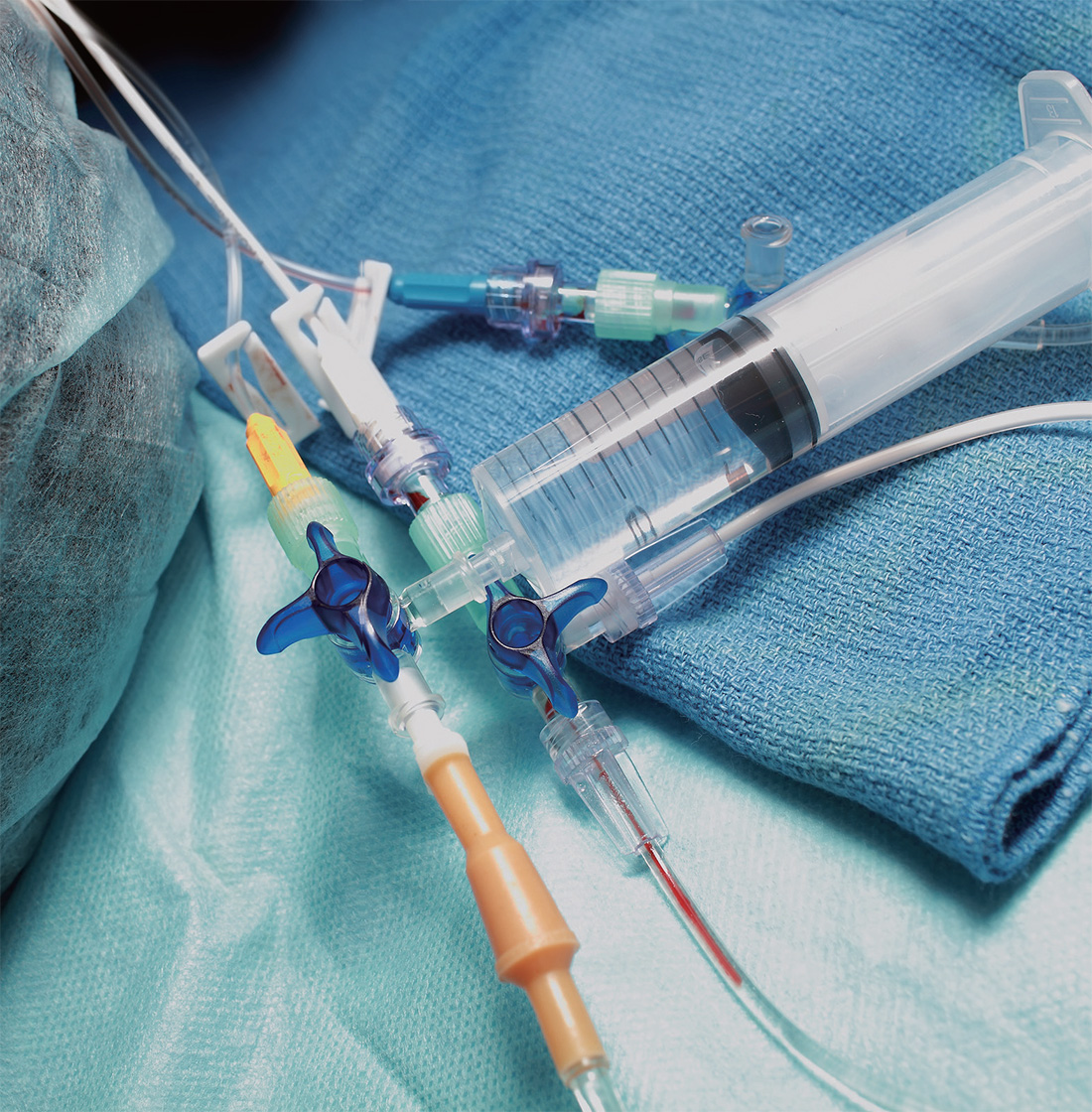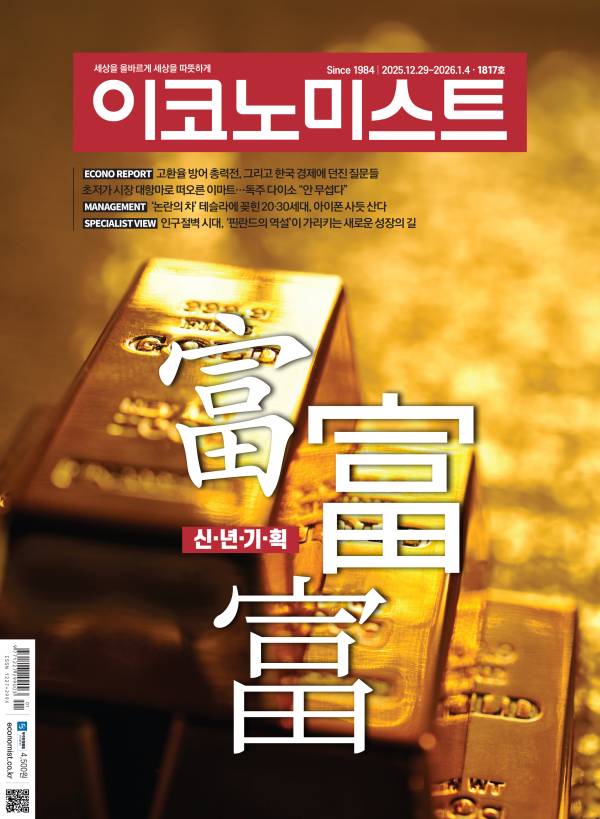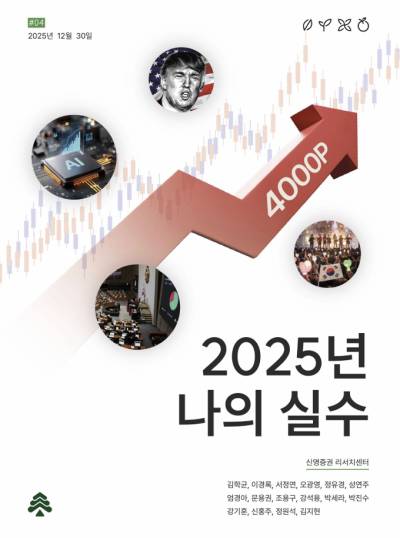- 카테터 삽입 로봇 손에 맡겨라
THE GOOD HANDS PEOPLE

Most people know of catheters from their role in aiding urination for patients with bladder control problems. But doctors may also opt to use a catheter during heart surgeries, either to inject a dye into the heart to have a better look at what’s awry or to send radio-frequency energy to suspicious tissue, so they can destroy it and restore a normal heartbeat. Missing a vein during blood draws is an annoying problem, but missing these major vessels, either through the groin, arm or throat, en route to the chambers of a patient’s heart can be catastrophic.
In many surgeries, ultrasound is used to help locate artery blockages; HANDS simply wants to solve the second problem of finding a way to reach them. In its current form, the device comes in two main parts: a thick joystick reminiscent of old-school flight simulators and a hidden needle that plunges into the skin once the user finds the target on a nearby screen.
HANDS can pinpoint blood vessels from as shallow as half a centimeter to as deep as 30, Guterman says. “Any place that we can enter in the body, we think we will be able to enter much faster and with more accuracy.” HANDS is patented and currently in clinical trials. It hasn’t yet received U.S. Food and Drug Administration approval, but already Guterman’s lab has visions of applying the technology to improving the accuracy of biopsies, with a focus on breast cancer. The lab is also currently working with Cincinnati Children’s Hospital in testing to see if HANDS can help reduce nurse and doctor error when operating on children, who have smaller vessels that require more precise catheterization.
Ideally, says Guterman, HANDS will follow in the fully autonomous footsteps of current robotics, such as Intuitive’s line of da Vinci surgical robots. With only the press of a start button, the device will be able to locate the ideal site to enter a vein or collect samples of cancerous tissue and do it successfully the first time, every time.
But first surgeons must accept it, Guterman says. His greatest hurdle isn’t developing the technology but getting it into the operating room, as not all physicians may be keen on making room for robots. Dr. Ranjan Sudan, vice chair of education for the Duke University Department of Surgery, says the acceptance barrier is only a temporary one, apt to follow the normal curve of innovation. “There are a lot of [early] adopters of the technology,” he says. “And the adopters are actually increasing in numbers exponentially.” As time passes, the new technology will eventually become the mainstream.
카테터 삽입 로봇 손에 맡겨라
대다수 사람은 카테터라고 하면 방광조절에 문제가 있는 환자의 배뇨를 돕는 기능으로 안다. 그러나 의사가 심장 수술할 때 카테터를 선택하기도 한다. 심장에 염료를 주입해 어디가 잘못됐는지를 더 잘 살펴보려는 목적이다. 또는 의심 조직에 무선주파 에너지를 쏘아 보내 파괴하고 심장박동을 정상으로 되돌리기 위해서다. 채혈할 때 정맥을 찾지 못하면 성가신 정도지만 사타구니·팔 또는 인후를 통해 환자의 심실로 향하는 이들 주요 혈관을 찾지 못하면 비극을 초래할 수도 있다.
많은 수술에서 동맥이 막힌 지점을 찾는 데 초음파를 이용한다. HANDS는 그 다음 단계로 막힌 곳에 이르는 길을 찾는 문제를 해결하고자 한다. 현재 이 기기는 2개의 주요 부분으로 이뤄진다. 전통적인 비행 시뮬레이터를 연상케 하는 굵은 조이스틱과 숨겨진 주사바늘이다. 이용자가 스크린 상에 표적을 찾아내면 바늘을 피부에 찔러 넣는다.
HANDS는 얕게는 0.5㎝부터 깊게는 30㎝에 이르기까지 혈관을 찾아낼 수 있다고 구터먼은 말한다. “체내 삽입 가능한 곳은 어디든 더 빨리 그리고 더 정확하게 찾아낼 수 있다.” HANDS는 특허를 취득하고 현재 임상실험 중이다. 아직 미국 식품의약국(FDA)의 승인을 받지 못했지만 구터먼의 연구소는 이미 그 기술을 적용해 유방암 위주로 생체검사의 정확도를 높인다는 목표를 갖고 있다. 또한 현재 신시내티 아동병원과 협력해 실험도 실시하고 있다. 아동을 대상으로 수술할 때 HANDS가 의사와 간호사의 실수를 줄이는 데 도움이 되는지 알아보려는 목적이다. 어린이는 혈관이 작아 카테터를 더 정확히 삽입해야 하기 때문이다.
이상적 HANDS는 현재 로봇공학의 완전 자율적인 발자취를 따르게 된다고 구터먼은 말한다. 인튜이티브의 다빈치 수술 로봇 유의 모델들이 대표적이다. 시작 버튼을 한 번만 누르면 정맥에 진입할 이상적인 지점을 찾아내거나 암조직 샘플을 채취할 수 있다. 그것도 매번 첫 번째에 성공한다.
그러나 먼저 외과의사들이 받아들여야 한다고 구터먼은 말한다. 가장 큰 걸림돌은 기술 개발이 아니라 수술실 안에 그것을 들여놓는 일이다. 모든 의사가 흔쾌히 로봇에게 자리를 내주려 하지는 않기 때문이다. 수용장벽은 일시적인 반응에 지나지 않으며 혁신의 흐름을 따를 듯하다고 듀크대학 외과부문 교육 담당 부위원장인 란잔 수단 박사가 말했다. “그 기술을 남보다 앞서 도입하려는 사람이 많다”고 그가 말했다. “그리고 그런 사람들이 실제로 기하급수적으로 늘어나고 있다.” 얼마 지나면 그 신기술이 결국에는 주류에 합류할 전망이다.
- 번역 차진우
ⓒ이코노미스트(https://economist.co.kr) '내일을 위한 경제뉴스 이코노미스트' 무단 전재 및 재배포 금지










![면봉 개수 → 오겜2 참가자 세기.. 최도전, 정직해서 재밌다 [김지혜의 ★튜브]](https://image.isplus.com/data/isp/image/2025/12/21/isp20251221000019.400.0.jpg)
![갓 잡은 갈치를 입속에... 현대판 ‘나는 자연인이다’ 준아 [김지혜의 ★튜브]](https://image.isplus.com/data/isp/image/2025/11/21/isp20251121000010.400.0.jpg)



당신이 좋아할 만한 기사
브랜드 미디어
브랜드 미디어
'20억 로또'인데 '눈물의 포기' 속출…'영끌청약' 끝났다
세상을 올바르게,세상을 따뜻하게일간스포츠
이데일리
이데일리
다니엘 431억원 소송…'민희진 재판부' 배당
대한민국 스포츠·연예의 살아있는 역사 일간스포츠일간스포츠
일간스포츠
일간스포츠
이제 정말 '국장 복귀는 지능순'…"내년 오천피" 한 목소리
세상을 올바르게,세상을 따뜻하게이데일리
이데일리
이데일리
[마켓인]“연말 휴가도 잊었다”…‘상장준비’ 구다이글로벌에 증권가 ‘사활’
성공 투자의 동반자마켓인
마켓인
마켓인
올해 상장해 주가 급등한 K바이오 공통 키워드는 '혁신 신약'
바이오 성공 투자, 1%를 위한 길라잡이팜이데일리
팜이데일리
팜이데일리